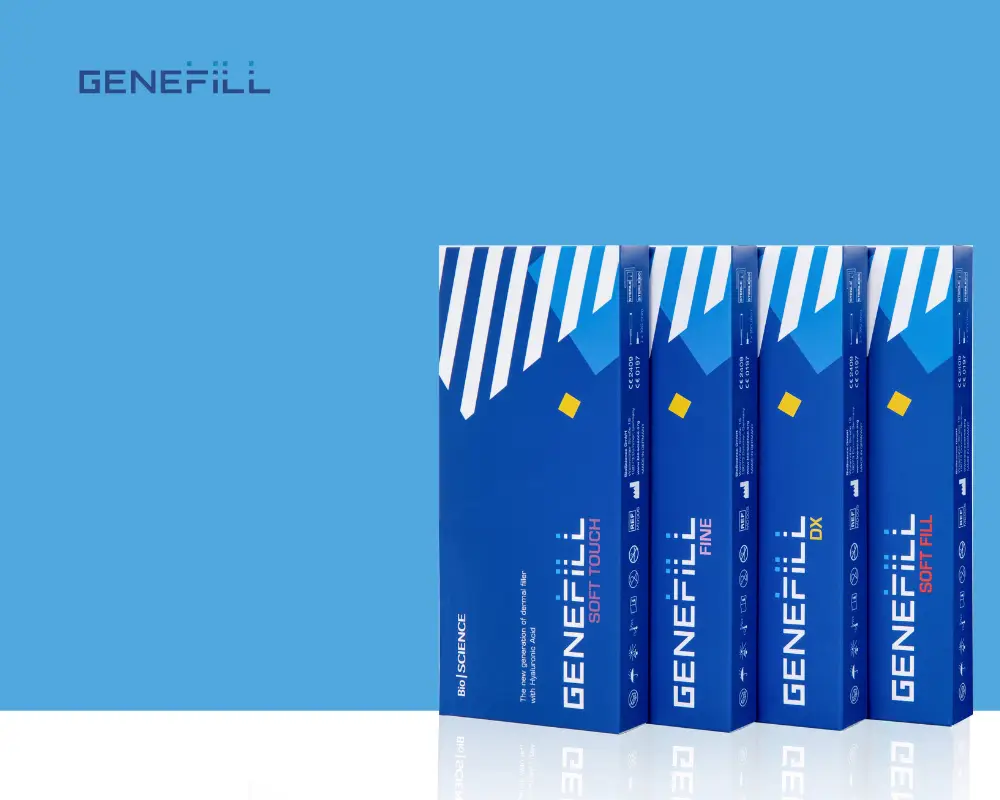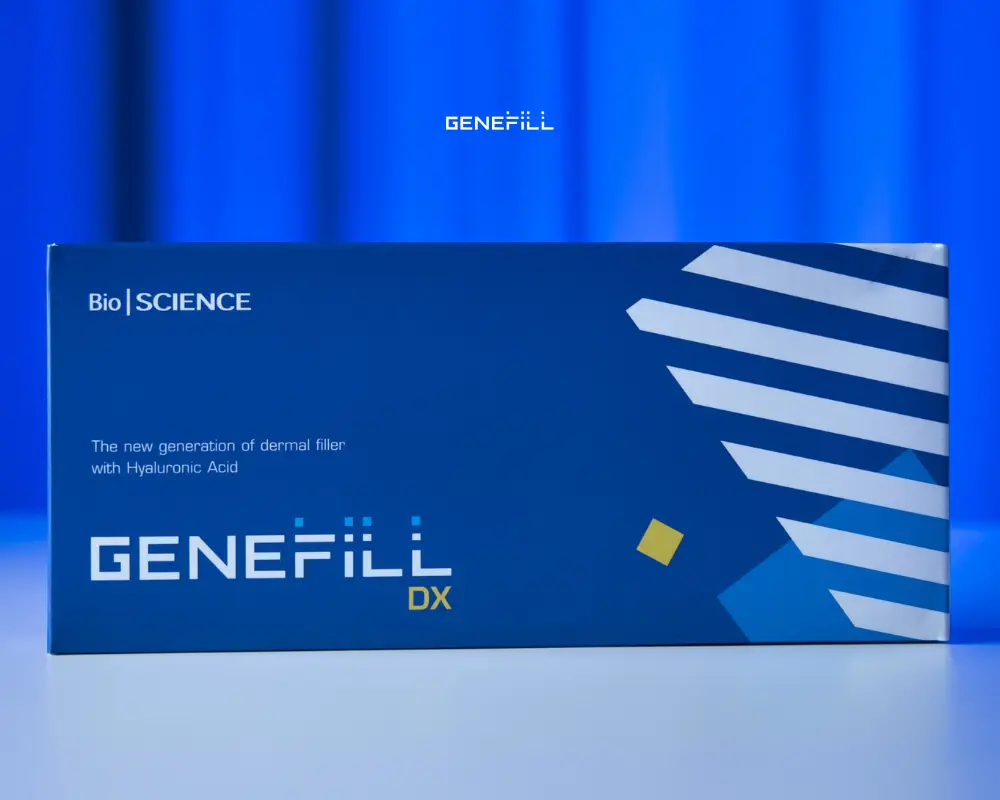The term "hip dips" has gained increasing attention in aesthetic surgery and medicine, with more patients seeking interventions to correct this commonly perceived imperfection. This trend highlights the significant influence of social media on body image and beauty standards. It is crucial to understand that hip dips are not a deformity or pathological condition but a natural variation in human anatomy.
Hip dips, or trochanteric depressions, may be more pronounced in male pelvises, characterized by a wider distance between the iliac crests and the greater trochanter, and in patients with muscular hypertrophy in the surrounding areas. Additionally, factors like adipose tissue accumulation around the waist and hips can accentuate this feature. However, it's challenging to address hip dips through diet or exercise alone, as they are primarily structural characteristics.
Plastic surgery offers solutions for this, with procedures such as liposuction of the waist and legs followed by fat grafting. This procedure aims to sculpt and rectify the trochanteric depression, ultimately improving the area's appearance. This surgery requires local or general anesthesia, followed by postoperative care such as massages, wearing compression garments, and a minimum recovery period of four days. Moreover, visible results typically appear after four months, coinciding with the resolution of inflammation and fat resorption rates.
Another increasingly popular alternative is the use of hyaluronic acid (HA) fillers, particularly appealing to those opposed to surgery. This procedure, performed under local anesthesia in a clinic, is painless and yields quick, long-lasting results. Choosing an HA filler that provides volumization, conforms to the anatomy, feels natural, and ensures treatment durability is vital for optimal outcomes.
In my practice as a plastic surgeon, I have found Genefill Contour and Genefill Contour Plus effective for treating hip dips. Genefill Contour Plus adds volume and firmness to address concavities or depressions, while Genefill Contour helps to regularize and shape the area according to the body's curves. It's worth mentioning that extensive anatomical knowledge of this area and proficiency in expert injection techniques are required to accurately place the HA and achieve the desired result.
Genefill Contour Plus is injected into the deep fat compartment to maximize volume, and Genefill Contour is applied to the superficial fat compartment for shaping and smoothing. The volume of product needed is tailored to the depth of the hip dip concavity and the extent to which the buttocks require enhancement for a balanced appearance. Typically, for the initial procedure, around 10-20cc of Genefill Contour and 20-30cc of Genefill Contour Plus are advised per buttock.
Additional treatments might be necessary to attain the desired outcome. This recommendation is particularly important for first-time patients. Administer the HA filler using an 18G/22G cannula and apply either the fanning injection technique or the linear retrograde injection method. Avoid shallow injection practices and proceed with caution, refraining from using forceful techniques when the cannula faces resistance. The procedure takes about 30 minutes, causes minimal discomfort, and allows patients to quickly resume daily activities. Post-treatment care includes wearing a compression garment for 10 days, a five-day course of antibiotics and pain relief, and avoiding sun exposure for the same duration.
In conclusion, the growing interest in addressing hip dips reflects a demand for quick, comfortable, and painless solutions. HA fillers are an effective option that meets these patient requirements and expectations.



.webp)




